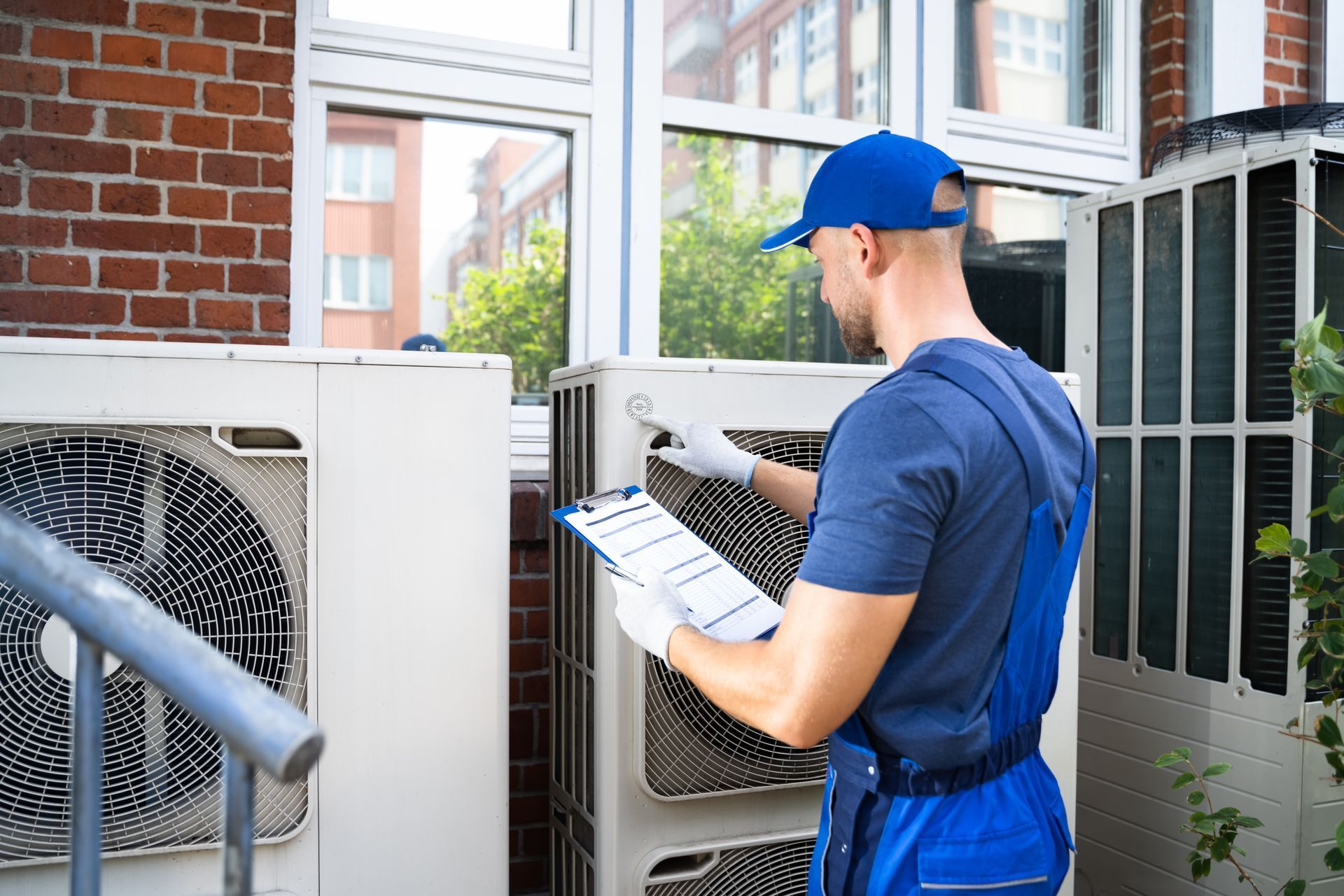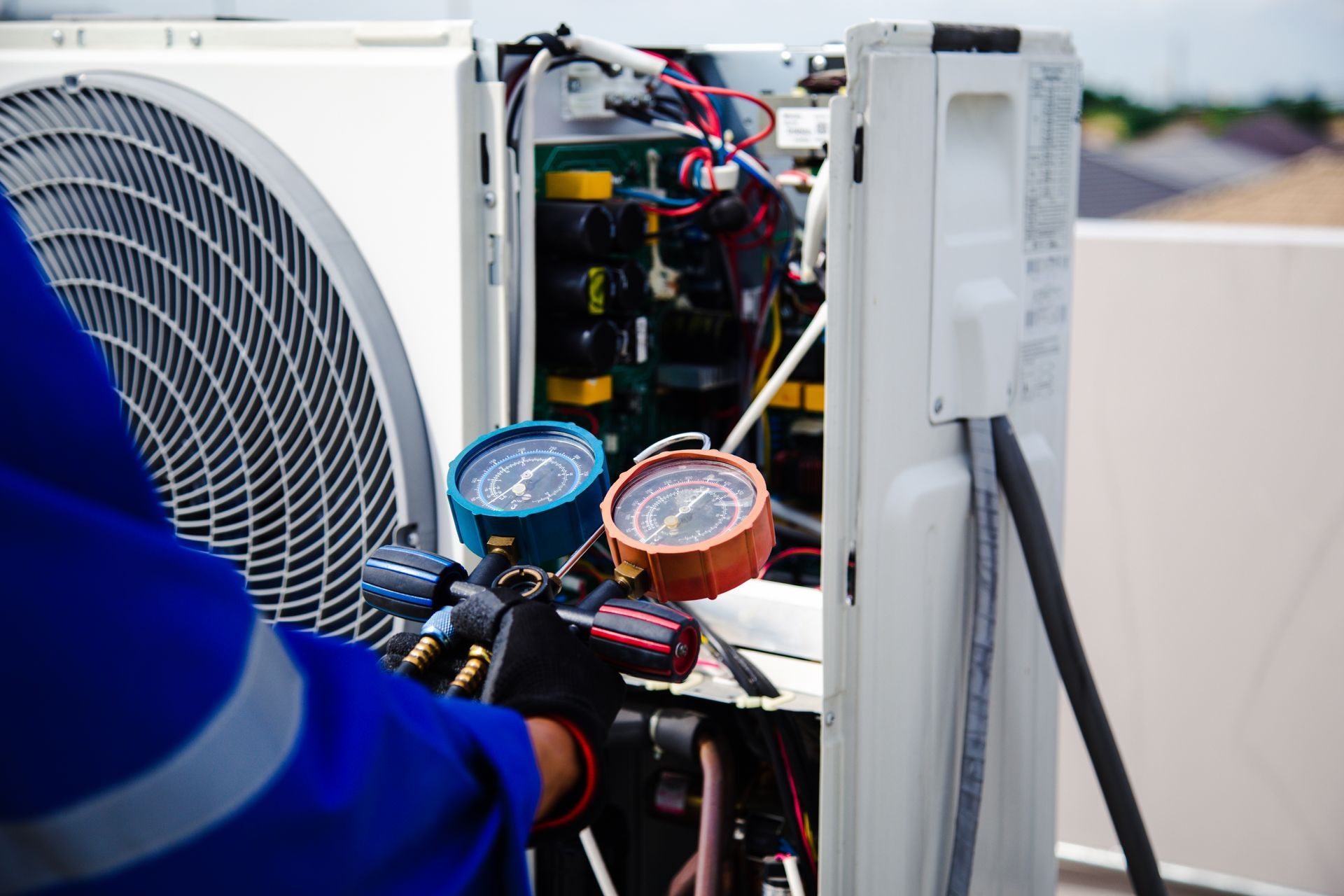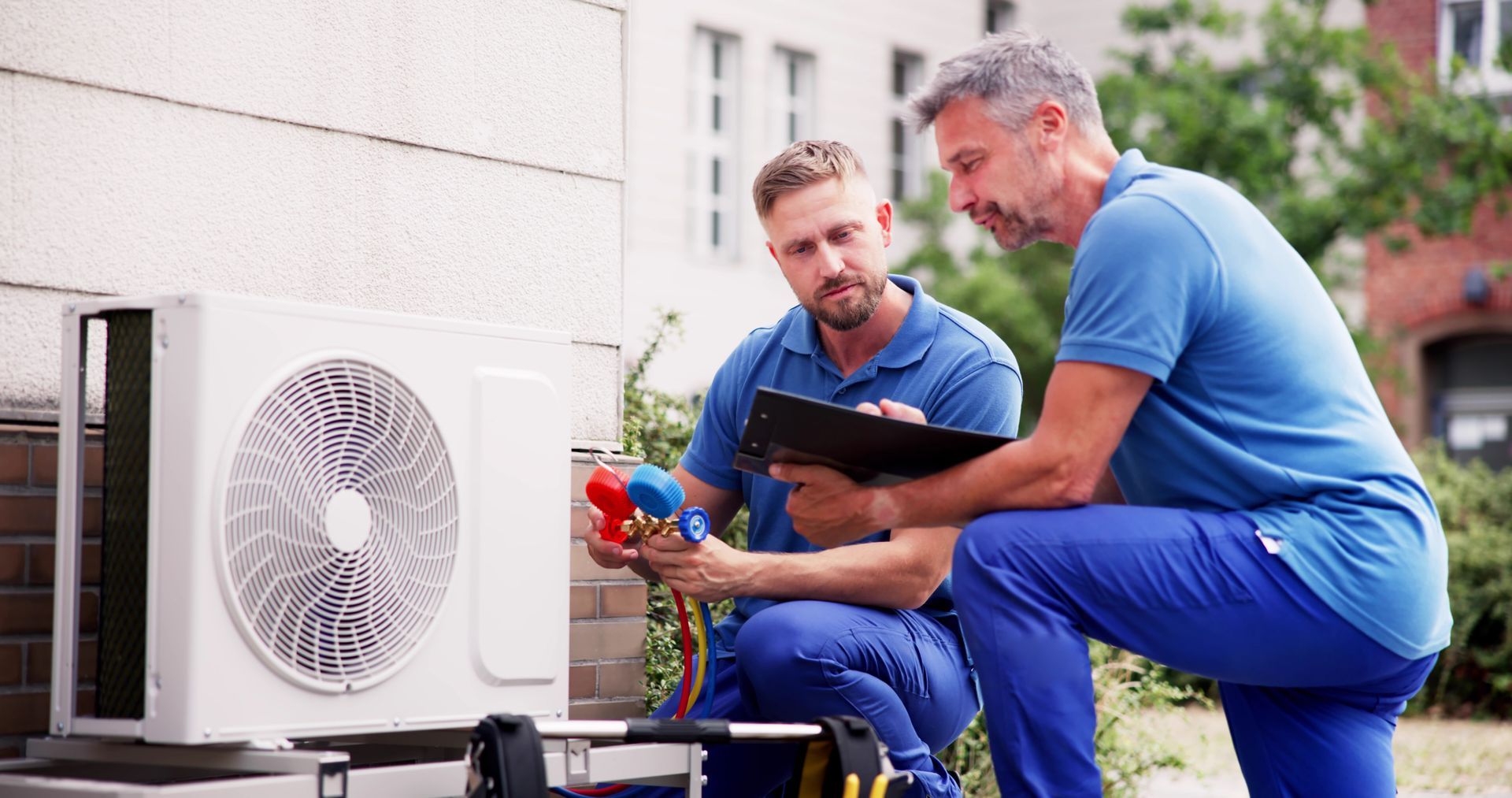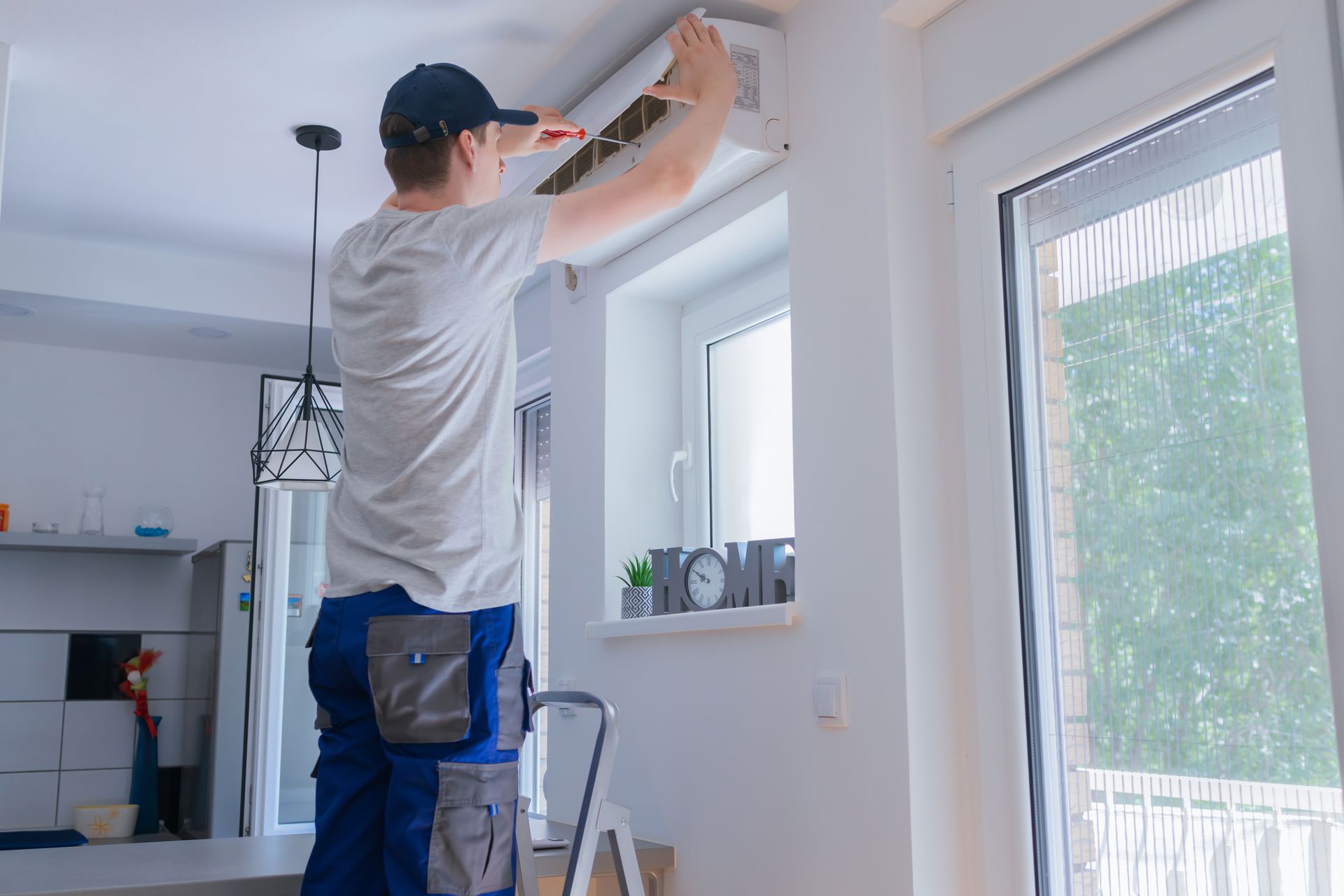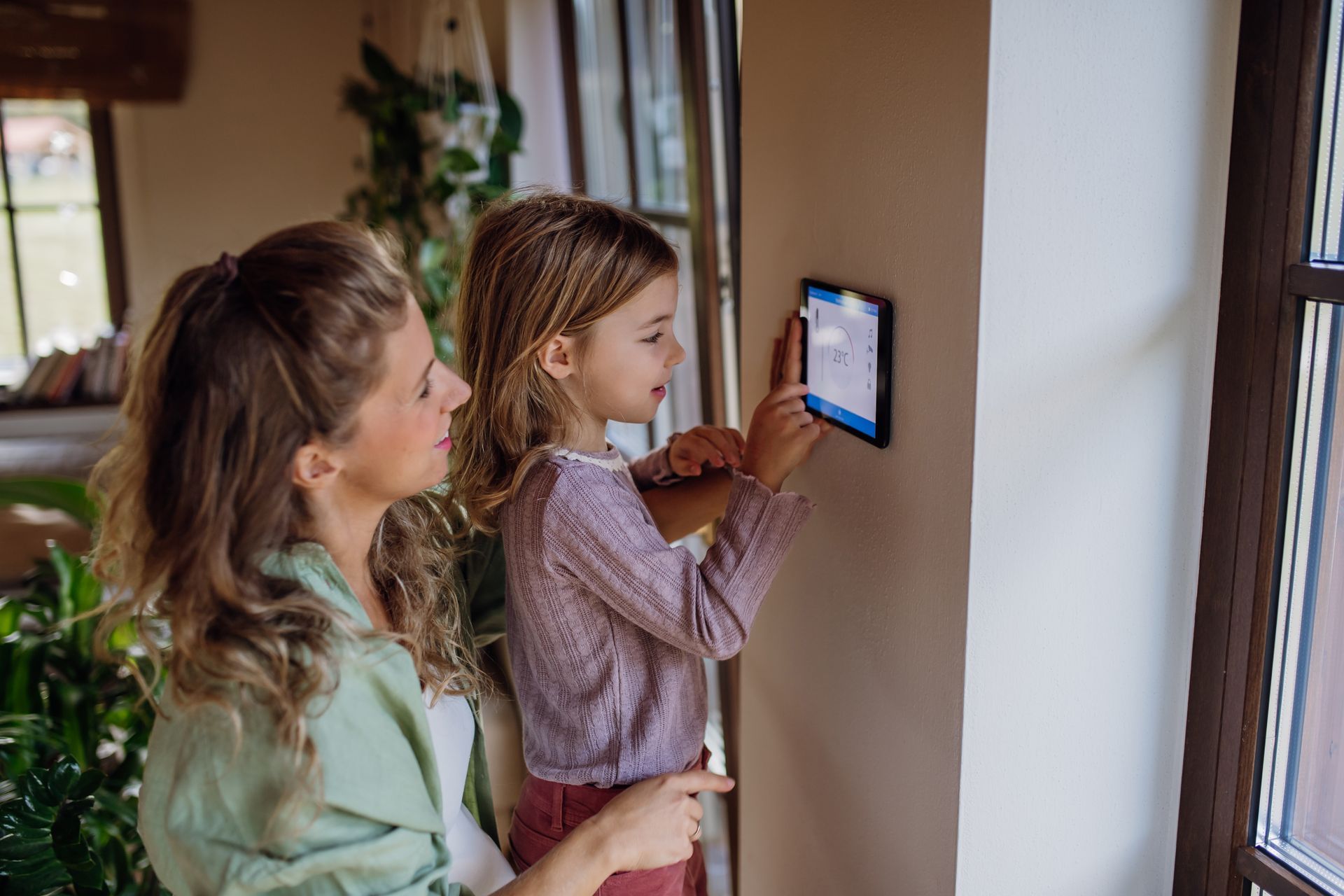Your HVAC System and the 2025 Refrigerant Transition: FAQs Answered
The HVAC landscape is on the brink of a significant evolution, driven by the American Innovation and Manufacturing (AIM) Act and regulations from the Environmental Protection Agency (EPA). As a homeowner or business in Tampa Bay, understanding the shift from high-GWP refrigerants is essential. At Dynamic Heating & Cooling, we’re dedicated to guiding you through this transition, ensuring your HVAC system remains efficient and environmentally friendly.
Understanding the Refrigerant Transition
The AIM Act focuses on reducing the environmental impact of high-GWP (Global Warming Potential) refrigerants. This means moving away from popular refrigerants like R-410A towards more environmentally friendly options, such as R-454B and R-32.
Why Is This Transition Happening?
The primary goal is to substantially cut down on greenhouse gas emissions. By phasing out hydrofluorocarbons (HFCs), which greatly contribute to global warming, the HVAC industry is playing a crucial role in climate conservation. The AIM Act aims for an 85% reduction in HFC use by 2036.
Key Provisions and Important Dates
- Phase Down of HFCs: High-GWP refrigerants will see a substantial reduction. New regulations have come into effect since January 1, 2025, mandating that all new HVAC systems use refrigerants with a GWP of 700 or less.
- Leak Management: Stricter regulations will minimize emissions from existing equipment, requiring more robust leak detection and management practices.
- Reclamation Programs: Encouraging the reuse of reclaimed refrigerants will decrease reliance on new HFC production.
What Are A2L Refrigerants?
Starting in 2025, the industry will shift towards A2L refrigerants, which include R-454B and R-32. These are low-density, mildly flammable refrigerants deemed safe and more eco-friendly alternatives to existing options.
Impact on Homeowners
For Tampa Bay homeowners, understanding these changes is essential, especially if you’re contemplating an HVAC system replacement. While existing systems aren't immediately affected, all new installations post-2025 must comply with the updated standards.
Frequently Asked Questions
1. What Should I Do If My HVAC System Uses R-410A?
- You can continue using it as long as it remains efficient. However, planning for a future upgrade to a system compatible with newer refrigerants is wise.
2. Will My Current System Be Obsolete?
- No, your existing system will still function, but upgrading to comply with new standards will become necessary eventually.
3. How Will This Transition Affect Costs?
- While initial costs could be higher due to the redesign and production of new systems, the long-term benefits include better efficiency and lower emission-related fees.
Preparing for the Future with Dynamic Heating & Cooling
In 2025, it's vital to stay informed and proactive. Regular maintenance and check-ups with our expert team can ensure your current system runs smoothly while we guide you through potential upgrades.
Dynamic Solutions for a Greener Tomorrow
At Dynamic Heating & Cooling, we’re committed to helping you understand and manage this refrigerant transition. Whether you’re in Tampa Bay, St. Petersburg, Clearwater, or any surrounding neighborhood, we are ready to assist. Our certified professionals offer free consultations and expert advice to help you make informed decisions.
Ready for the Future? Let's Connect!
Transitioning can be overwhelming, but you’re not alone. Contact Dynamic Heating & Cooling today to schedule a consultation and discuss your HVAC needs. Let’s ensure your home stays comfortable and eco-friendly, even as regulations evolve.
The upcoming refrigerant transition marks a significant shift towards sustainability in the HVAC industry. By staying informed and choosing the right partners like Dynamic Heating & Cooling, you can seamlessly adapt to these changes, ultimately benefiting both your home and the environment. Reach out to us and embrace a greener future with confidence.


